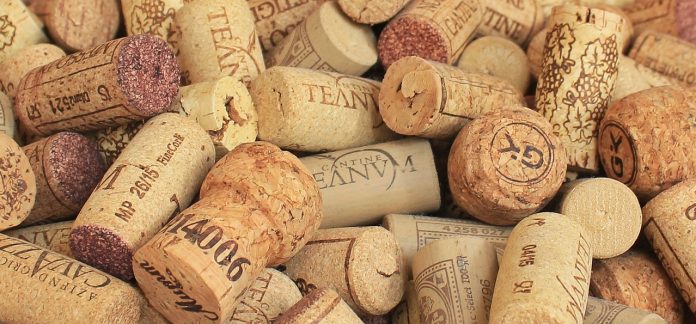Bamboo is a fast-growing grass that has gained popularity as a sustainable material in recent years. It is strong, durable, and lightweight, making it a suitable substitute for wood in a variety of products, including furniture, flooring, and construction materials.
But the benefits of bamboo go beyond just being a sustainable alternative to wood. Here are some additional advantages of using bamboo in product design:
Table of Contents
Renewable resource
Bamboo is a highly renewable resource, with some species able to grow up to a foot per day. It requires minimal pesticides and fertilizers to grow, making it an environmentally friendly alternative to traditional wood products.
Carbon footprint
The production of bamboo products also has a lower carbon footprint compared to traditional wood products. This is because bamboo absorbs a large amount of carbon dioxide from the atmosphere as it grows, making it a carbon-neutral material.
Durability
Bamboo is known for its durability and resistance to wear and tear, making it a suitable choice for a variety of products. It is also resistant to moisture, pests, and rot, making it a long-lasting and low-maintenance material.
Recyclable
Bamboo can be recycled and repurposed at the end of its lifecycle, making it a sustainable choice for product design. It can also be used to create bioplastics and other composite materials, further increasing its sustainability.
Examples of bamboo in product design
Bamboo is used in a wide range of products, including furniture, flooring, and construction materials. Here are a few examples of products that are made from bamboo:
- Furniture: Bamboo is a popular choice for furniture due to its strength, durability, and aesthetic appeal. It is used to make a variety of furniture products, including tables, chairs, and shelves.
- Flooring: Bamboo flooring is a sustainable alternative to traditional wood flooring. It is easy to install, durable, and resistant to moisture, making it a suitable choice for both residential and commercial applications.
- Construction materials: Bamboo is also used in the construction industry as a sustainable alternative to traditional materials. It can be used to make a variety of products, including roofing tiles, scaffolding, and beams.
In conclusion, bamboo is a sustainable material that offers a number of benefits in product design. It is a highly renewable resource, has a low carbon footprint, and is durable and recyclable. It can be used in a variety of applications, including furniture, flooring, and construction materials. By choosing products made from bamboo, we can all play a role in reducing waste and conserving natural resources.
































